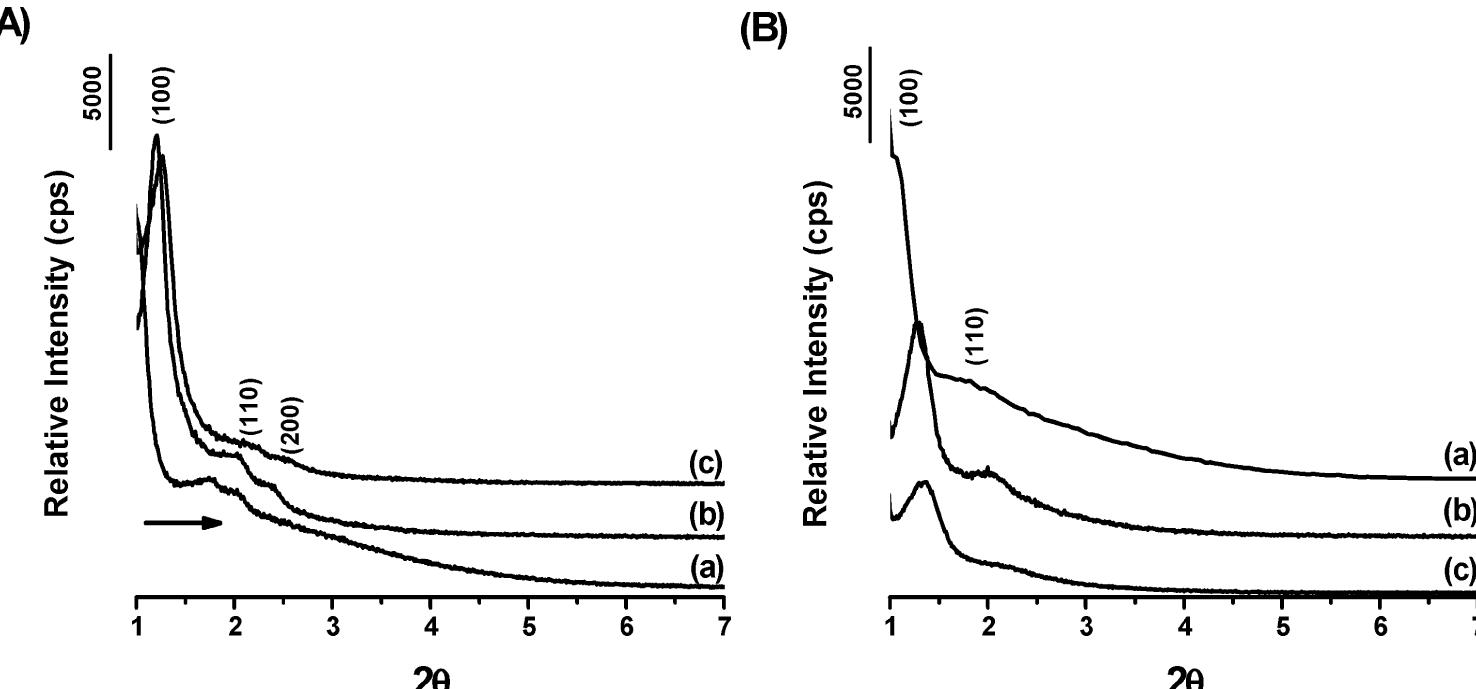Key research themes
1. How does dietary nitrate distribute in mammalian tissues and contribute to nitric oxide bioavailability?
This theme investigates the pharmacokinetics of dietary nitrate, its tissue distribution, metabolic conversion to nitrite and nitric oxide, and physiological implications. Elucidating these pathways is important because nitric oxide plays vital roles in vascular function, exercise performance, and ocular health. Understanding tissue-specific nitrate accumulation and metabolism provides insights into dietary nitrate supplementation and endogenous nitrate-nitrite-NO pathways.
2. What are the major sources, environmental distribution, and human health risks of nitrate contamination in water resources?
This theme focuses on the anthropogenic and natural origins of nitrate pollution in groundwater and surface water, spatial-temporal variability of nitrate concentrations, health risks from nitrate exposure through drinking water, and regulations and remediation strategies. It addresses the critical environmental and public health challenges posed by nitrate contamination globally, especially in agricultural regions, and evaluates monitoring techniques and policy implications for safe water supply.
3. How can ion-selective electrode (ISE) technology be optimized for rapid, in situ nitrate measurement in soil to improve sustainable agricultural practices?
This theme examines the development and evaluation of ISE-based sensing technologies for the accurate quantification of nitrate ions in soils under variable environmental conditions. It addresses the challenges posed by soil heterogeneity, interferences, temperature, and pH effects on sensor accuracy. Advances in all-solid-state ISEs integrated with temperature and pH sensors and cooperative measurement systems are reviewed, emphasizing their role in enabling real-time, on-field nitrate monitoring to optimize fertilization, reduce leaching, and mitigate non-point source pollution.



























